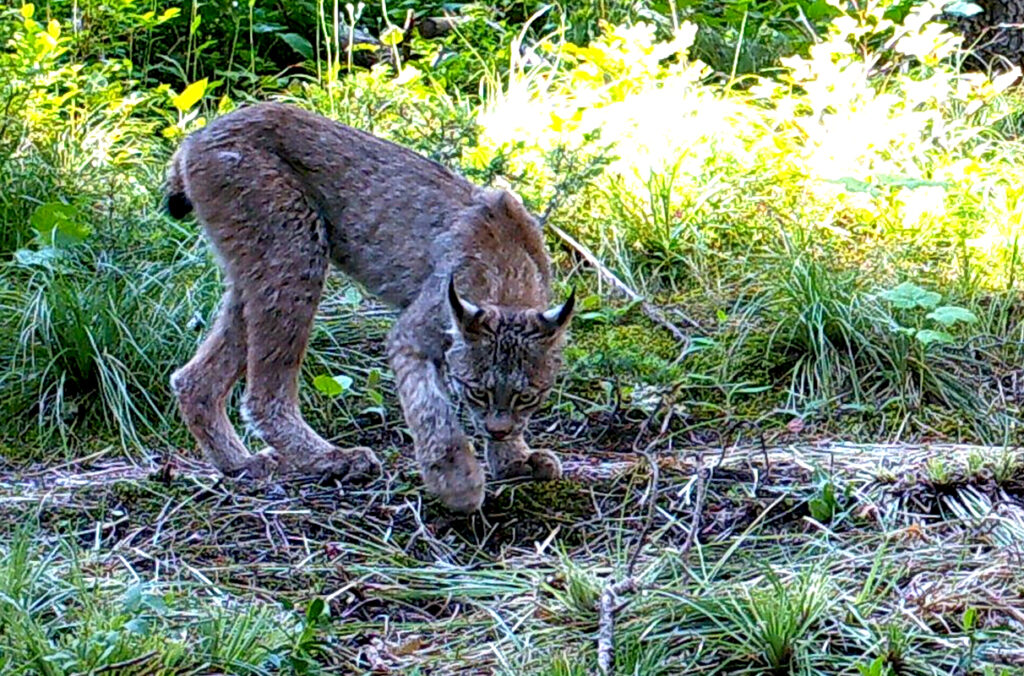2024-04-01 ワシントン州立大学(WSU)

A study published in the journal Biological Conservation indicates that lynx might do well in the future in parts of Utah, central Idaho, and the Yellowstone National Park region.
<関連情報>
- https://news.wsu.edu/press-release/2024/04/01/canada-lynx-historic-range-in-us-likely-wider-than-previously-thought/
- https://www.sciencedirect.com/science/article/abs/pii/S0006320724001022
時間経過に伴う生息域の動態をモデル化して保護計画に反映:アメリカ大陸のカナダオオヤマネコ Modeling range dynamics through time to inform conservation planning: Canada lynx in the contiguous United States
Daniel H. Thornton, Dennis L. Murray
Biological Conservation Available online:28 March 2024
DOI:https://doi.org/10.1016/j.biocon.2024.110541
Abstract
Assessment of historical species range limits is rarely conducted. Yet, understanding where species were distributed in the past is fundamentally important for making informed policy decisions, including assessing species status and recovery in present day and in the context of future environmental change. Here, we provide a case study using a threatened species, Canada lynx, which is the subject of recent conservation policy debate and species recovery planning. We use species distribution models (SDM), combined with historic observations of lynx, to estimate historic southern range limits for the species at year 1900. We then forward project our SDM to estimate lynx vulnerability and likely spatial pattern of range retraction in the future. Our analysis reveals that substantial suitable lynx habitat existed in the past beyond their current range in the contiguous USA, and many extra-limital observations fell within this habitat suggesting relatively broad historic occupancy. This finding implies substantial lynx range contraction over the 20th century and is contrary to recent species status assessment. Moreover, some areas of the contiguous USA that may remain resilient to climate change for lynx in the future, fall outside current species range limits but potentially within historically occupied areas. Our results indicate that future recovery efforts for lynx should be informed by this new evidence regarding species range dynamics through time, including investigating suitability of sites outside current range limits. More broadly, our findings highlight the need for conservation planning and species recovery efforts to consider historical range limits whenever possible.


